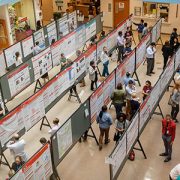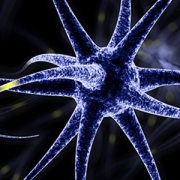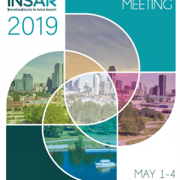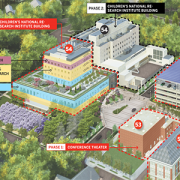Transgender adolescents on the autism spectrum, and the first clinical guidelines for care
Evidence indicates a link between transgenderism and autism spectrum disorders (ASD). John Strang, Psy.D., a neuropsychologist in the Center for Autism Spectrum Disorders at Children’s National Health System, has dedicated his career to learning more about this co-occurrence and led a group of experts who recently released the first clinical guidelines for the care of transgender adolescents with ASD.
Through a comprehensive international search procedure, the research team, led by Dr. Strang, identified 22 experts in the care of transgender youth with autism. The expert group from around the world worked together for one year to create guidelines, putting processes in place to avoid interpersonal influence or bias.
The findings, published in the Journal of Clinical Child and Adolescent Psychology, outline the first initial clinical guidelines for treating transgender adolescents with ASD.
With overall 89.6 percent consensus achieved among the identified experts, key recommendations include the importance of assessing for ASD among transgender youth, and assessing for gender concerns among youth on the autism spectrum.
More study findings and recommendations
The study also indicates that gender-related medical treatments, including cross-sex hormone therapy, are appropriate for some youth with ASD, but emphasizes the importance of providing more extended time and supports in many cases to allow an adolescent with autism to explore a range of options regarding gender.
The guidelines emphasize that for many transgender youth with autism, parents must play a more active role. “Teens on the autism spectrum often struggle understanding how others perceive them,” Dr. Strang said. “Our study found that many transgender youth on the autism spectrum require specific coaching and supports in how to achieve their gender-related needs regarding gender presentation.”
Several risks for transgender adolescents with autism were emphasized in the study, including around physical safety and obtaining employment. “Trans youth are at increased risk for bullying, persecution, and violence in the community, and those on the autism spectrum are at even higher risk, as they often struggle to read social cues and recognize potentially dangerous social situations,” Dr. Strang said.
The importance of this study
The study group did not achieve consensus around specific guidelines for when an adolescent is appropriate for commencing medical gender treatments (e.g., cross-sex hormones). A majority (about 90 percent) of the expert participants elected to identify themselves as co-authors of the study, including many well-known clinicians across the United States as well as clinicians from The Netherlands.
“Until now, care for individuals with autism and gender concerns has been a matter of individual clinician judgment. This study has allowed for dialogue and discernment between the world’s experts in this field to establish the first recommendations for care,” Dr. Strang said.
Dr. Strang is currently working on a follow-up study to more directly capture the voices and experiences of youth with this co-occurrence, as key stakeholders and collaborators in the research.









